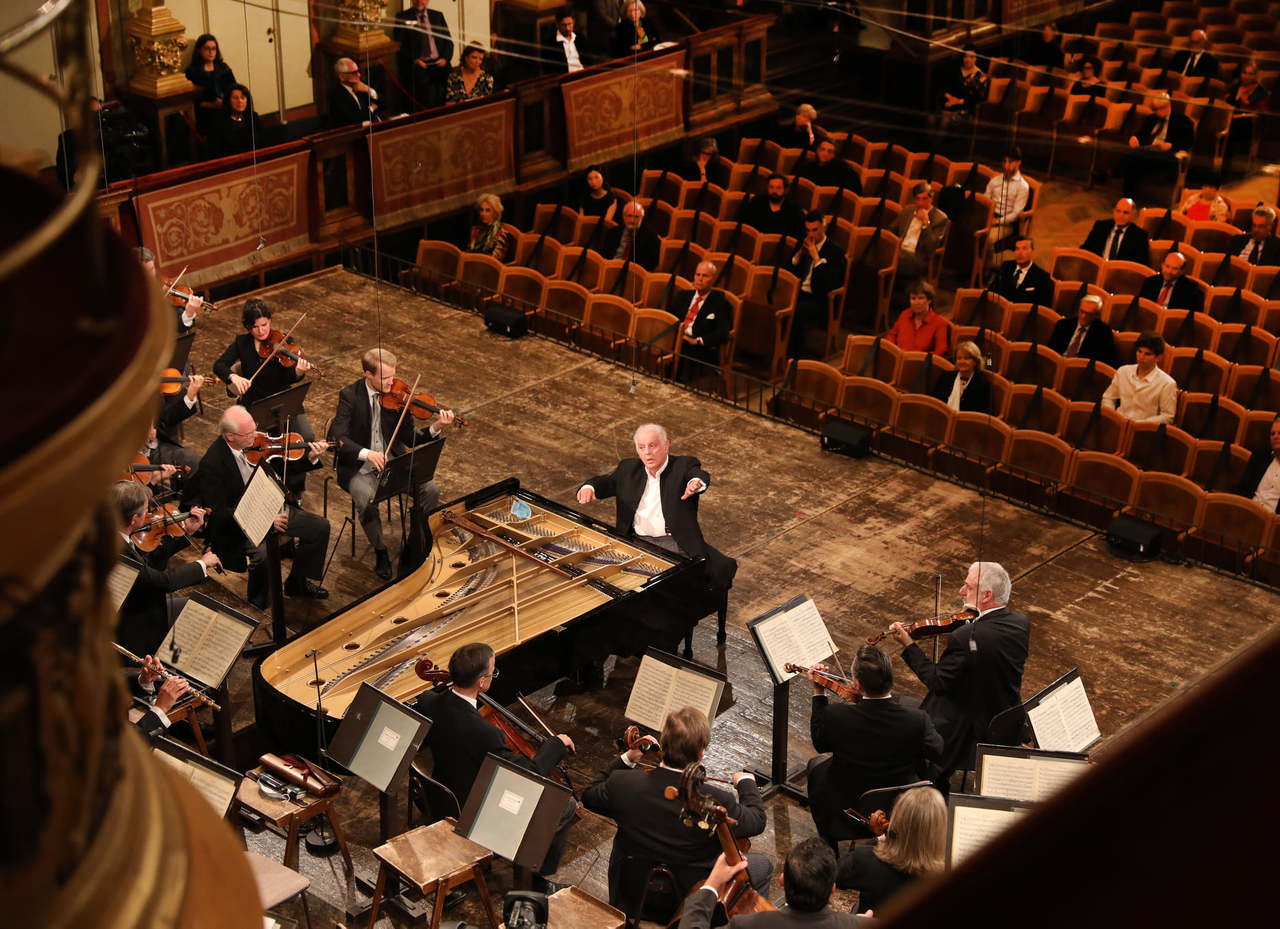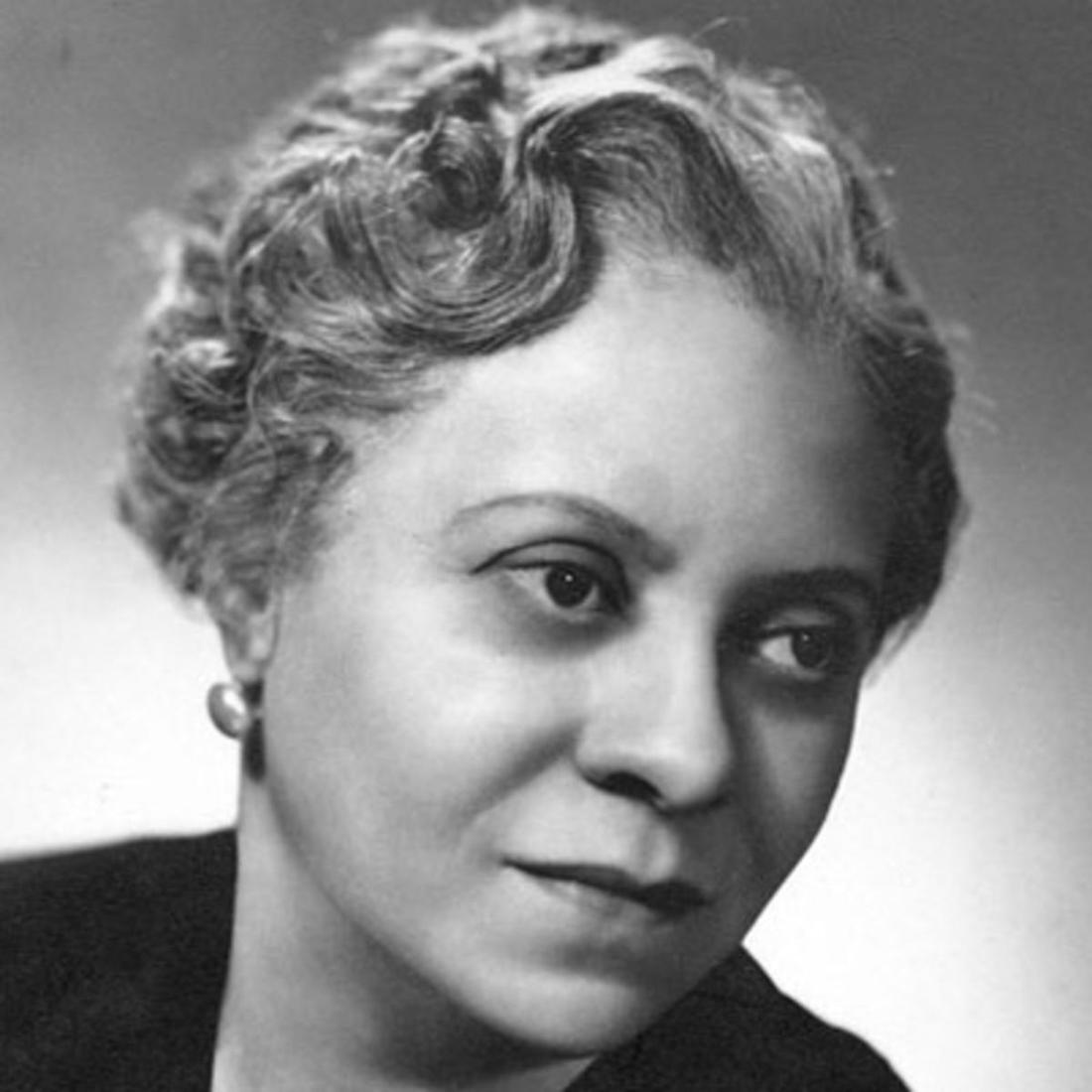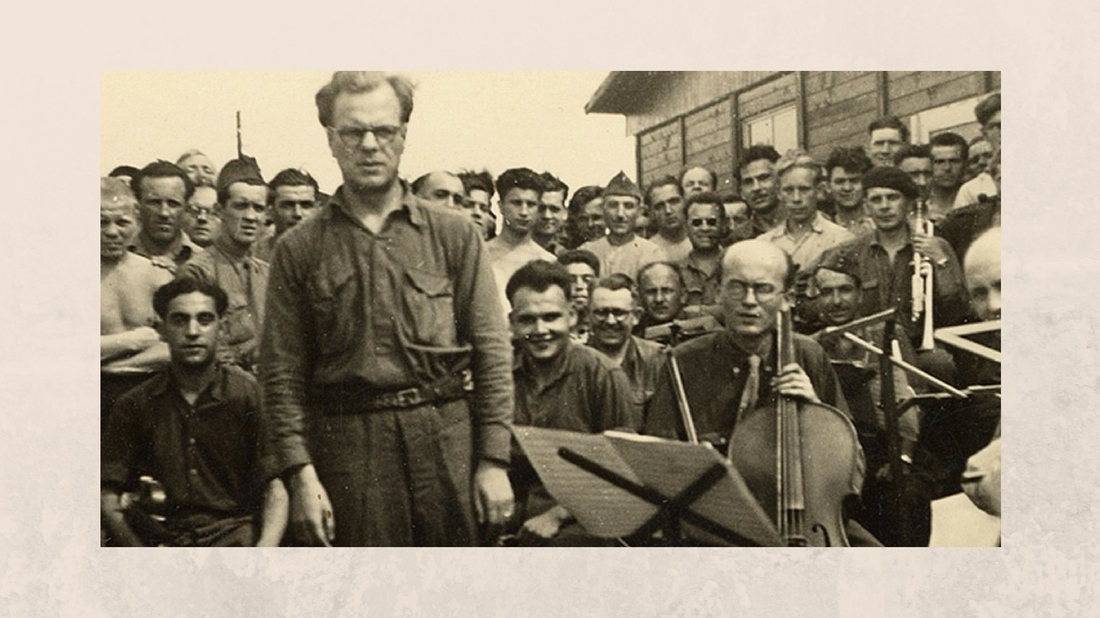Simply pointing out that a select few individuals are attending a concert performance in Vienna or in Amsterdam while the US is facing widespread social unrest on top of a global pandemic, is not likely to accomplish much. It will not even be a drop in the bucket of indifference and contempt which the Western world has had for some time for the historical struggle of people of colour. Indeed, we have to go on a field trip to a tiny village in the Swiss Alps.
It was in the summer of 1951 when this village received a distinguished visitor, and as far as its residents were concerned, an uncommon one as well. He was the American writer James Baldwin and in 1953 he published an essay called
Stranger in the Village which begins with: “From all available evidence no black man had ever set foot in this tiny Swiss village before I came.” Leukerbad, the village in question, is at a very high altitude, quite isolated from the rest of the world, and at that time with no movie house, no bank, no library, no theatre, as Baldwin reports. Detached from any kind of cultural world and with only one hot spring water as its only real attraction. In Leukerbad, Baldwin spent an initial fortnight at his partner’s family chalet, and then returned for two subsequent winters. Beside the essay, he also finished writing his first novel there,
Go Tell It on the Mountain.
Before even considering a possible answer to the question of ‘where are the black musicians in classical music’, along with maybe the bigger question of ‘where is the music written by black composers’, we need to carefully inspect James Baldwin’s essay. At some point in, there’s a striking passage where, referring to the inhabitants of the village, he writes:
“These people cannot be, from the point of view of power, strangers anywhere in the world; they have made the modern world, in effect, even if they do not know it. The most illiterate among them is related, in a way I am not, to Dante, Shakespeare, Michelangelo, Aeschylus, Da Vinci, Rembrandt, and Racine; the cathedral at Chartres says something to them which it cannot say to me, as indeed would New York’s Empire State Building, should anyone here ever see it. Out of their hymns and dances come Beethoven and Bach. Go back a few centuries and they are in their full glory—but I am in Africa, watching the conquerors arrive.”
This very essay also determined Nigerian-American writer Teju Cole–and “custodian of a black body”– to visit the same village, while he was on an extended stay in Switzerland a few year ago. Cole wrote
his own essay in Leukerbad, after retracing Baldwin’s steps. In his view, the thick mountain air gave Baldwin a clear view about white supremacy, especially after meeting an undisguised form of racism in the village. By now, of course, Teju Cole wasn’t the only black man there anymore–he published the essay in 2014. The village has seen people of colour, thanks to the flourishing tourism industry. The thermal baths of the village have been successfully commodified and as a result the village has seen substantial economic growth and development, with hotels and restaurants at every street corner, thus becoming one of the most popular thermal resorts in the Alps. Racism and white supremacy had to be reduced to a minimum for the economic progress to happen unhindered.




